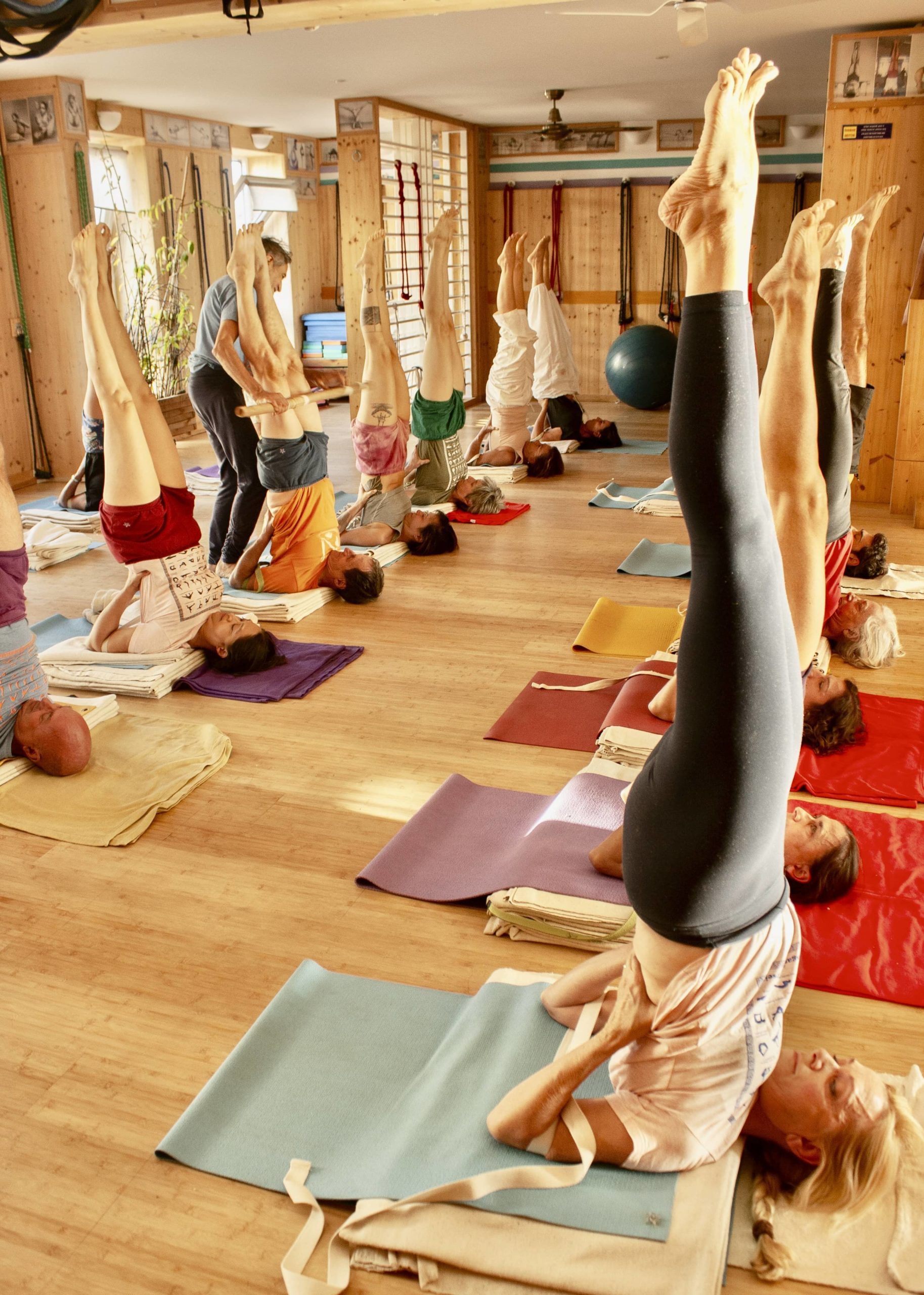
IYENGAR®
YOGA METHOD
PROPS USING
The use of props is a specific contribution of B.K.S.IYENGAR®
to Yoga: the practice room is fully equipped with the same supports as the Ramamani Iyengar Memorial Yoga Institute.
For his own use, and especially since many Westerners flocked to his Institute in Pune, BKS IYENGAR®
has developed a sophisticated system of supports: straps, bricks, bolsters, benches, chairs, blankets, ropes, clean to facilitate the work of stiff bodies, simply tired, or for specific therapeutic applications.
All these tools have targeted uses according to the difficulties of the person and the goal sought. These are not gadgets for postural recipes.
Learning in the use of media is a significant part of Iyengar teacher training to be able to integrate into their classes people of all ages and all physical conditions without any risk. In addition, they help to awaken sensations in certain parts of the body and guide the understanding of the direction and essence of a posture.
A recovery is made today of the use of these supports in other schools of yoga, by people who teach without having followed the curriculum, without really having learned to use it properly, and while not recognizing their origin which is detrimental and sometimes dangerous. A great personal practice and a fine understanding of the adjustments are essential to their application.
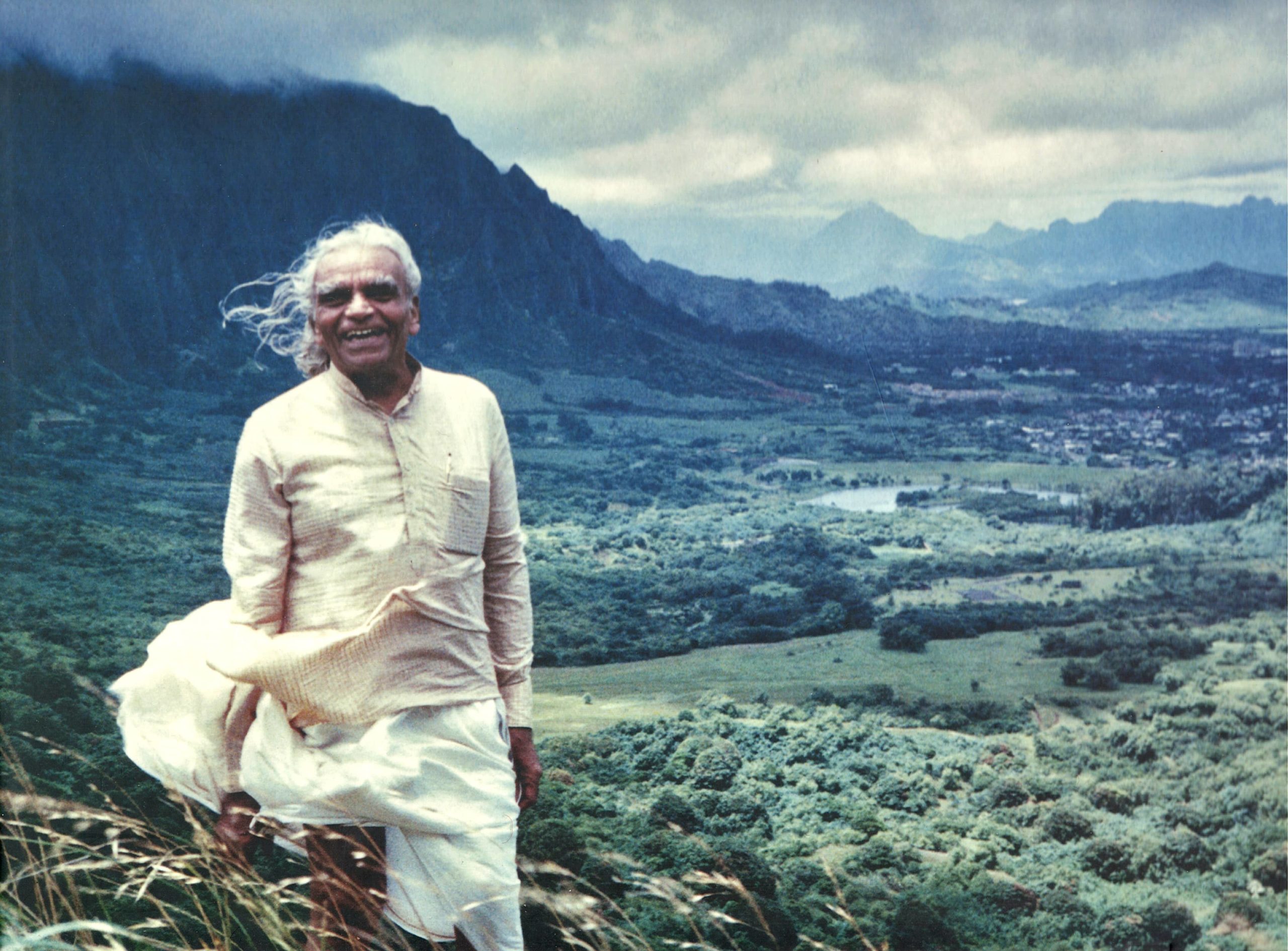
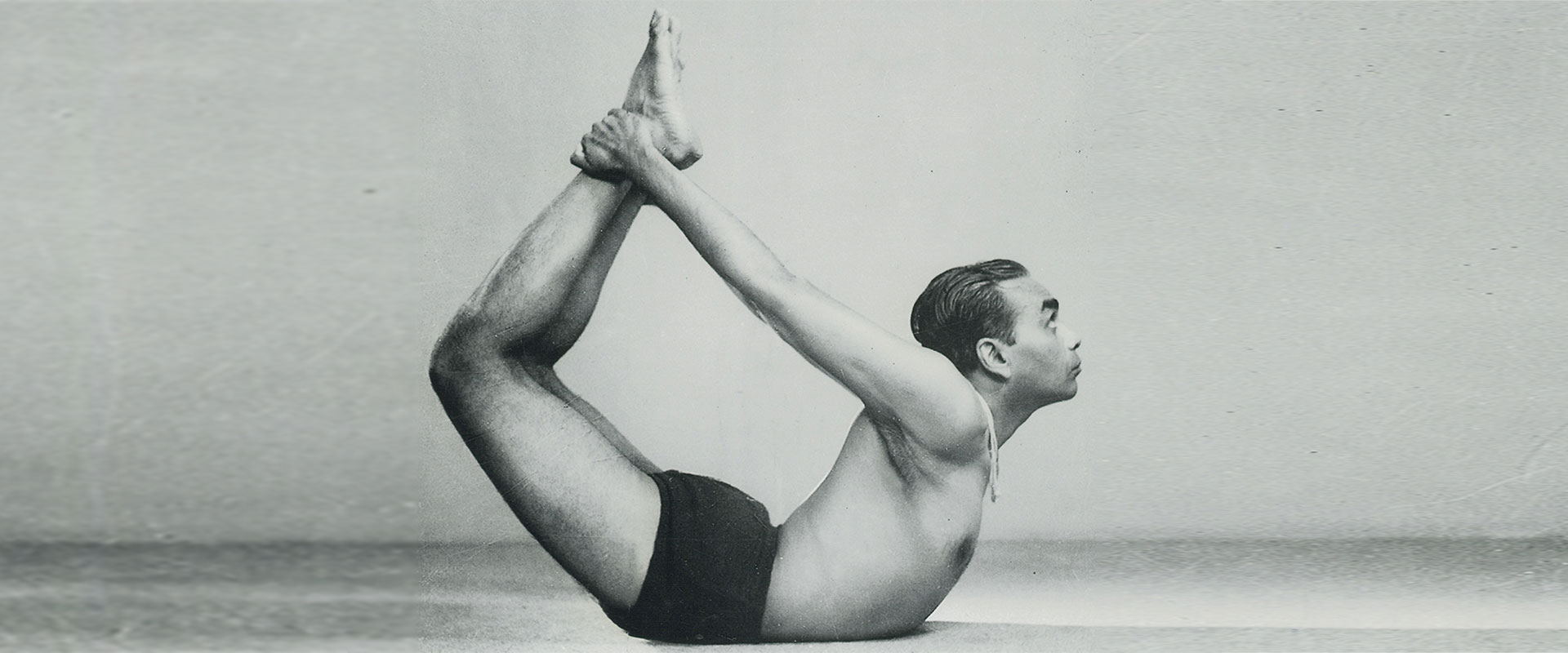
BKS IYENGAR
«No one may have done as much as Mr. IYENGAR® to convert the West to yoga. »
New York Times , 2002.
B.K.S.IYENGAR® lived in Pune, in southwestern India, where he founded his school, the Ramamani Iyengar® Memorial Yoga Institute (RIMYI) He was a student of Sri Tirumalai Krishnamacharya who pointed out to him that he was not fit for this art; from this lack of recognition of his master, B. K. S. Iyengar became his own teacher and first student; in the tradition of Haṭha Yoga, B.K.S. IYENGAR® particularly emphasized the practice of Āsanas – the postures of yoga, and that of Prāṇayāma.
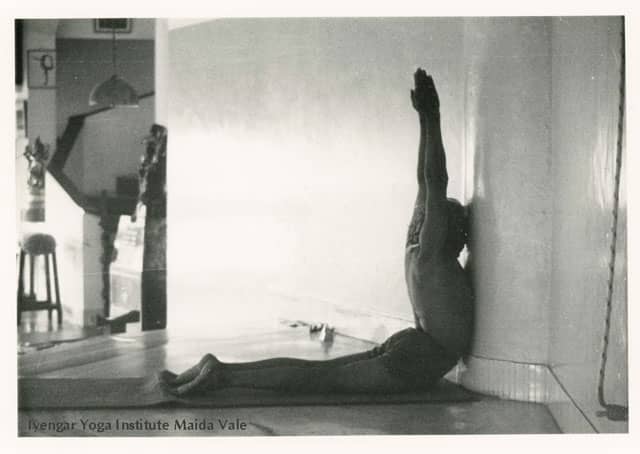
« When weary of acting, living, enjoying, loving, and suffering, the beings long for the real dreamless rest, they return to the lord of sleep, to the home of joy in which the universe rests and sleeps »
SHIVA TATTVA
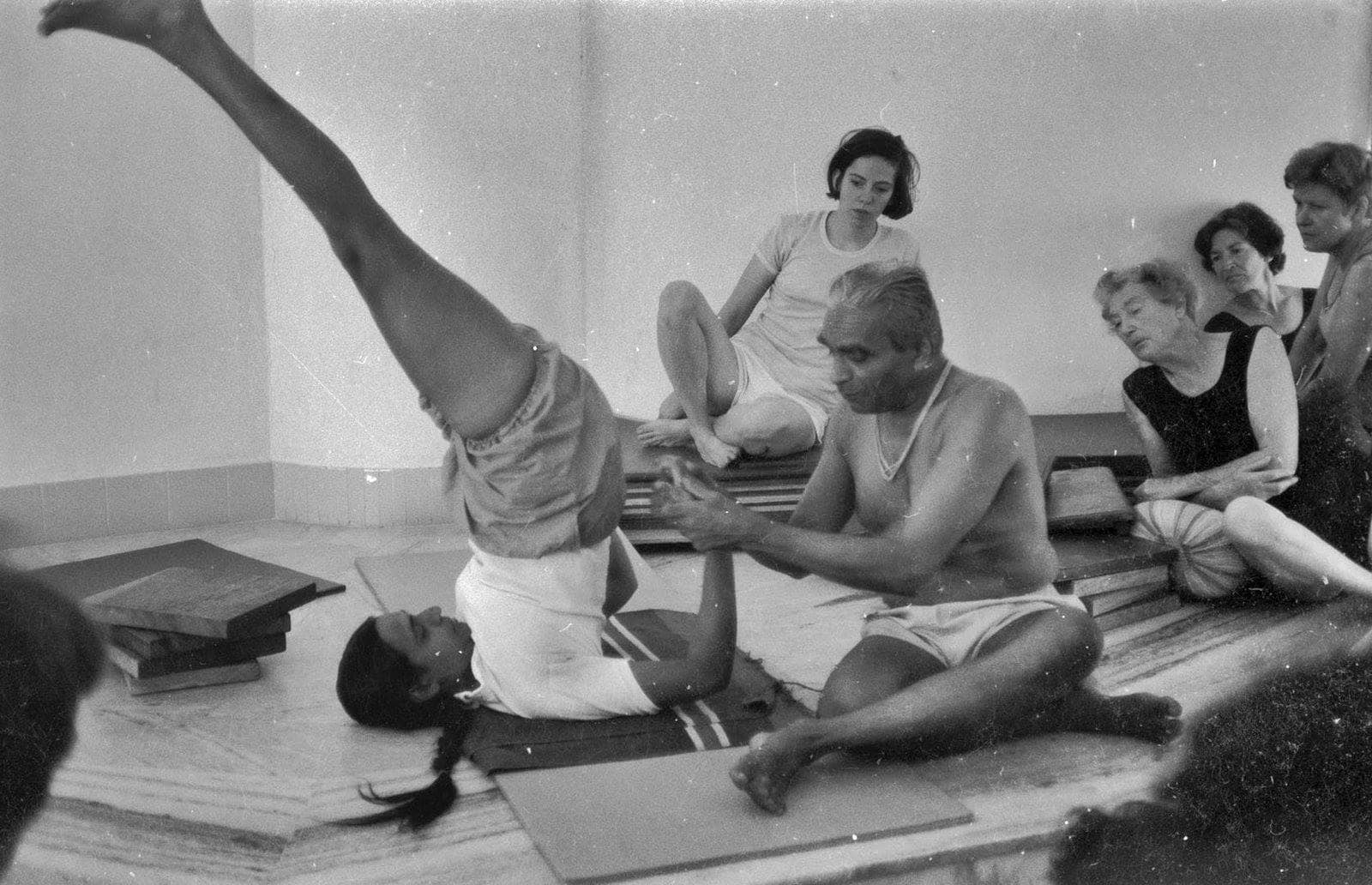
HIS TEACHING
In 1966, B.K.S. Iyengar® publishes Yoga Dipika, Light on Yoga, which is translated into more than 20 languages. He has published 14 books until today and participates in numerous conferences and workshops. He defines yoga as “an art, a science and a philosophy.”
Certified teachers teach around the world, scrupulously respecting the precepts of B.K.S. Iyengar® and are certified after a long and rigorous apprenticeship. There are several levels of qualification awarded depending on the skills and experience of the teacher.
THE PUNE INSTITUTE
Established in 1973, the Ramamani Iyengar Memorial Yoga Institute (RIMYI) in Pune, Maharashtra, is a permanent home for students from around the world. The teaching is mainly in English. For many years, Geeta and Prashant, two of her children, have continued the work of transmission by teaching daily classes as well as Sunitha, one of her other daughters, and recently, Abhijata, one of her little girls.
The institute is named after the wife of B.K.S. Iyengar® and its three floors symbolize the body, the spirit and the soul, as eight columns represent the eight branches of Ashtanga yoga according to Patañjali: yama, niyama, āsana, prāṇāyāma, pratyāhāra, dhārāṇa, dhyāna and samādhi.
The center’s library houses more than 10,000 books in several languages on philosophy, anatomy, physiology, ayurveda, medicine and of courseyoga.
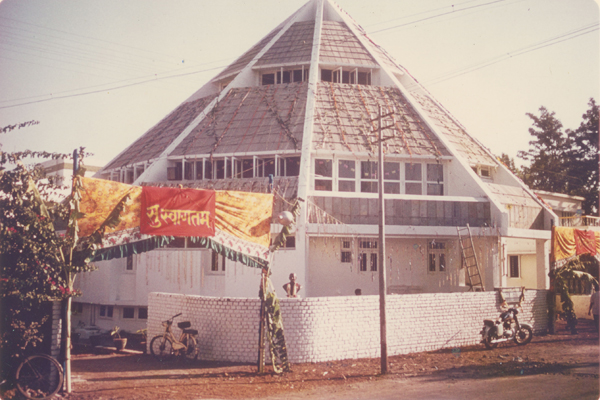
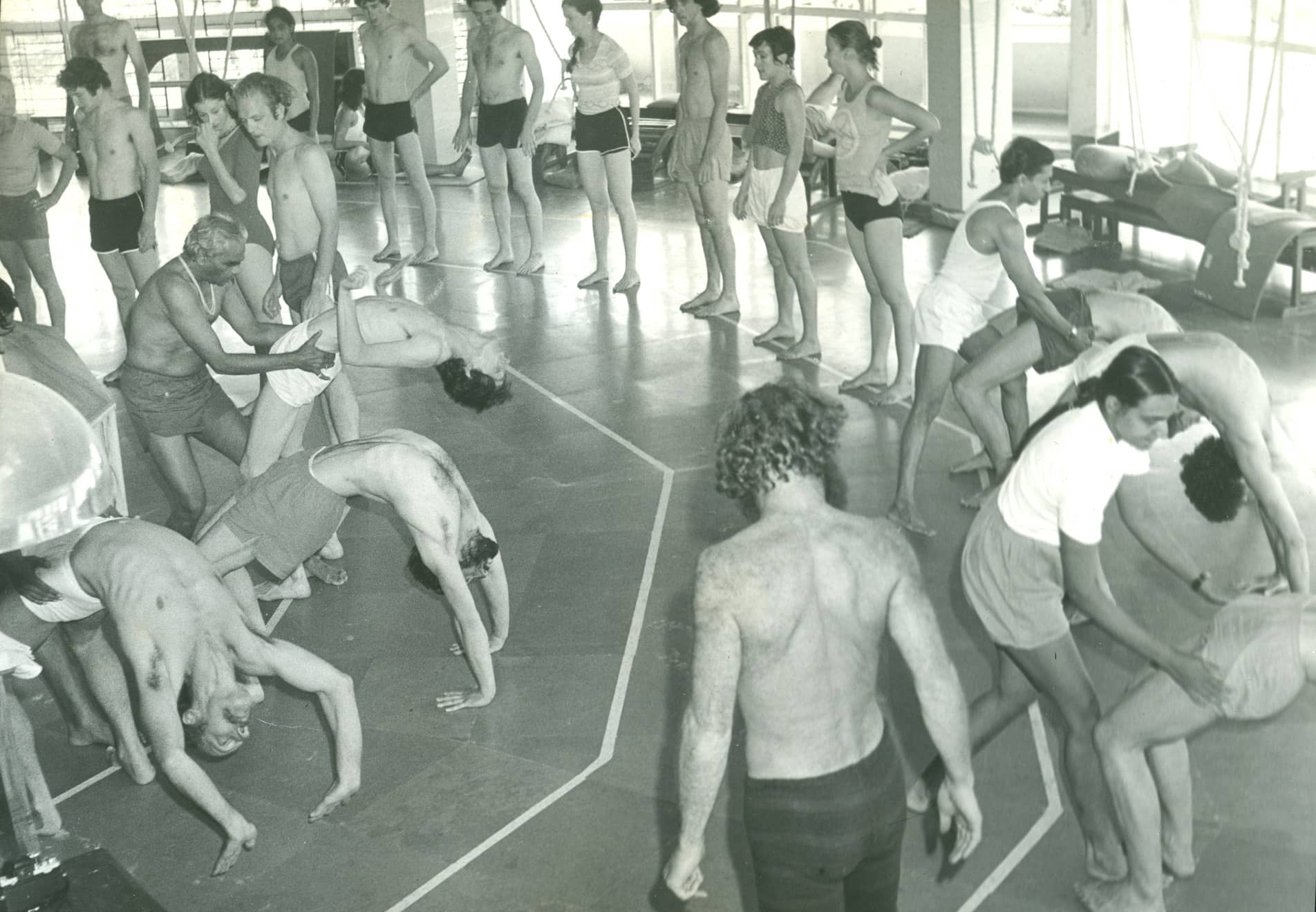
« Allow the intelligence to penetrate evenly throughout the body towards its extremities, like the rays of the sun »
B.K.S. IYENGAR®
BIBLIOGRAPHY
Yoga Dipika : Lumière sur le yoga, Buchet/Chastel | La Bible du yoga, J’ ai Lu | L’Arbre du yoga, Buchet/Chastel | Pranayama dipika : Lumière sur le Pranayama, Buchet/Chastel | Lumière sur les Yoga Sutra de Patañjali, Buchet/Chastel | Le Coeur des yogas sutras, Buchet/Chastel | L ‘arbre de vie , Buchet/Chastel | Le yoga , joyau de la femme, de S.Geeta Iyengar , Buchet/Chastel
